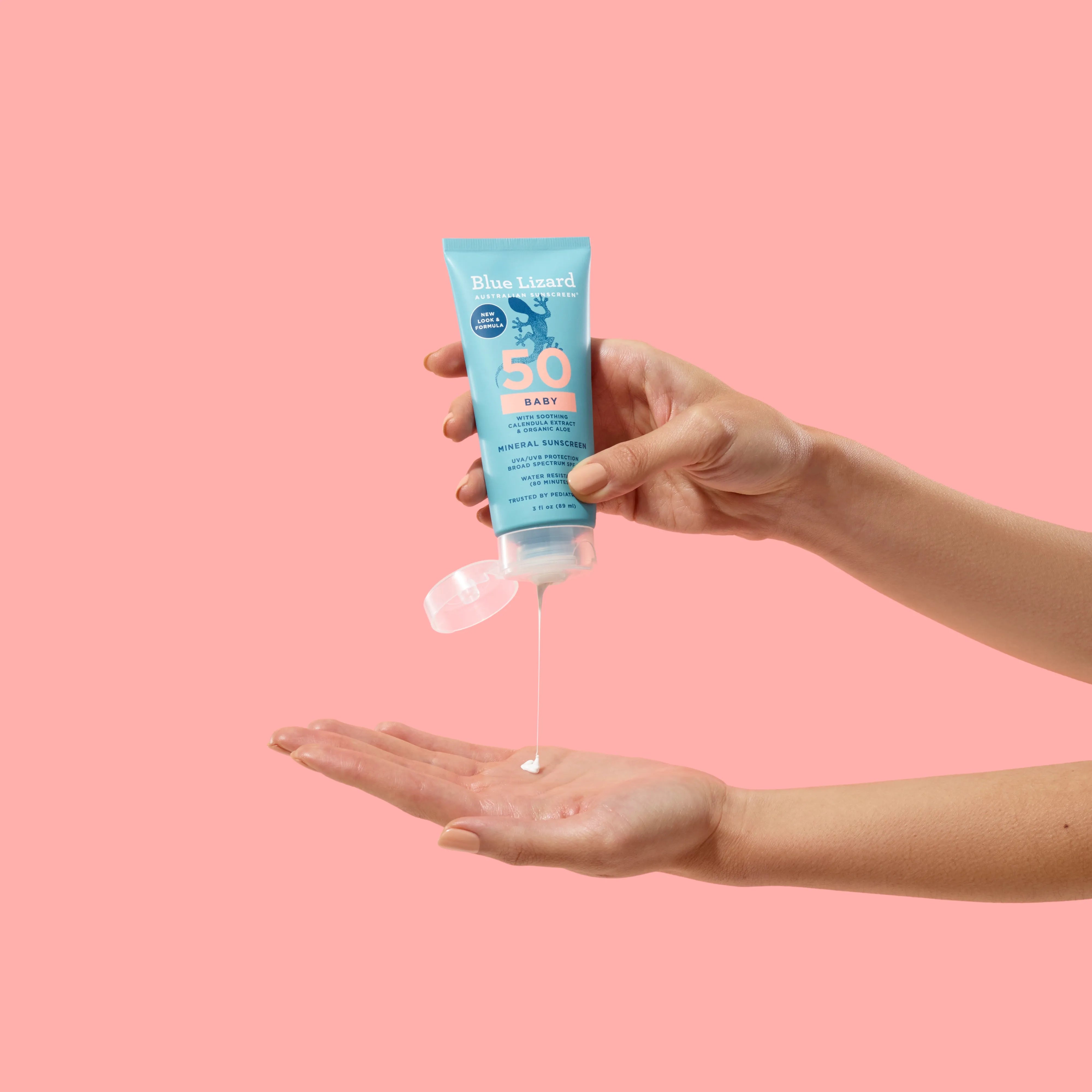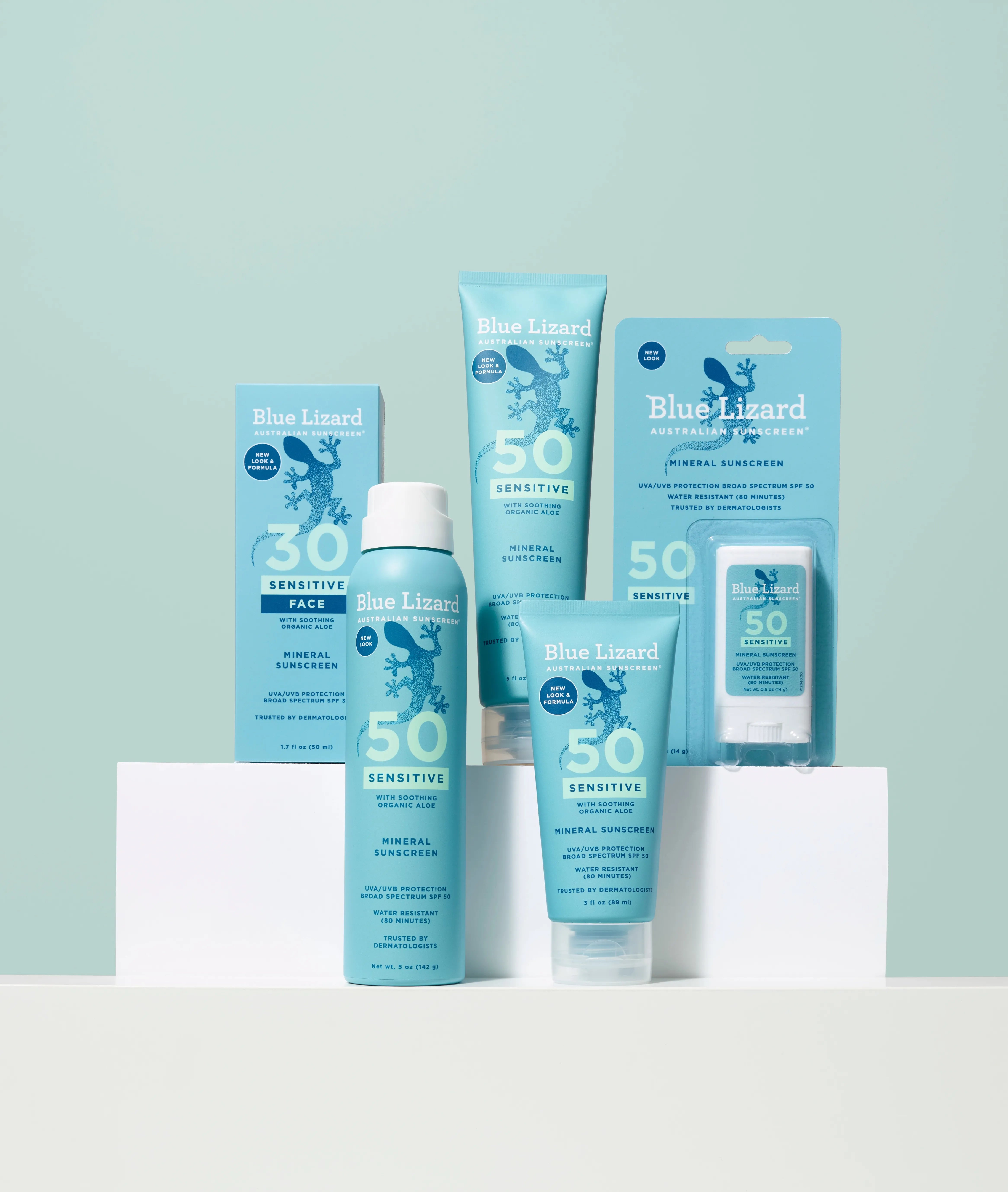Fall is finally here! Bring out your sweaters and coats, and make sure your skincare routine is ready for the colder weather too. While you’re picking pumpkins and sipping cocoa, your skin needs some TLC to handle the colder, drier, harsher weather. Here’s how to make sure it’s taken care of.
Fall Skincare Begins with the Right Soap
Keeping your skin looking its best during the fall begins in the shower. Hot, sweaty summer weather combined with hiking, lake diving and sandy beaches meant you needed a soap that could really clean your skin. But when the temperature starts to drop and you’re spending more time getting cozy inside, take a look at your soap’s ingredients.
Certain chemicals in your soap can dry out your skin before you’ve even stepped foot into the cold. These chemicals remove dirt and excess oil from your skin, but sometimes, they’re too good at their job and strip skin of healthy oils.
Chemicals to look out for:
- Sodium lauryl sulfate (SLS)
- Potassium Hydroxide (Lye)
- Ammonium laureth sulfate
- Cocamidopropyl betaine
If your body wash or soap foams, it probably contains one of these chemicals. Non-foaming creamy soaps and body washes are the best alternative. Many of these washes also include moisturizers to help keep your skin feeling great all fall.
Moisturize Throughout the Day

Since eczema-prone skin has trouble rehydrating itself on its own, you’ll need your skincare products to pull double duty. A hydrating sunscreen, lip balm, or anti-itch lotion can help you make it through the day without a flare-up. Keeping your skin hydrated during the cooler months is essential. The dry fall air can suck moisture from your skin like a sponge, and going inside where it’s warm only makes it worse. Using a moisturizer in the morning and at night can help, but if you have a skin condition like eczema, you’ll need all day hydration.
Use a Gentle Exfoliant
Exfoliating can help clear out clogged pores, help keep your skin looking smooth and shed the dry, dead skin that can accumulate on your face. While you can usually exfoliate without any issues, you need to be smart about it in the fall.
Exfoliating can be as simple as massaging your face with a wet washcloth—no need to purchase another product. There are also specialized scrubbing pads that help with scraping off dead skin cells.
If that isn’t cutting it, adding a mild chemical exfoliant like a polyhydroxy acid (a.k.a. PHA) into the mix could be what you need. Remember to keep your skin type in mind: sensitive skin can react negatively to some of the harsher chemical exfoliants—like glycolic acid—and mechanical exfoliating tools.
Over-exfoliating can actually worsen the dry skin that comes with the season. Too much scrubbing or too many chemicals can dry or damage your skin.
Using your chosen form of exfoliation followed up by another coat of moisturizer is the best way to treat skin after a day out in the cold. And exfoliating allows other topical skin treatments to penetrate deeper into the skin, helping them work better.
The End of Summer Isn't the End of Sunscreen Season

Don’t let the cooler days deceive you: the sun is still out in the fall and winter, so UV rays are still reaching your skin.
Sunscreen doesn’t just protect your skin from sunburn and help prevent skin cancer, it's the closest thing we have to a fountain of youth. UVA rays penetrate deeper into your skin and can damage collagen. Frequent damage can reduce the production of collagen altogether, leading to wrinkles and sagging skin.
While not as extreme, UVB exposure can alter skin pigmentation. This leads to an uneven skin tone that, coupled with wrinkles, can add years onto your appearance.
Because broad spectrum sunscreens protect you from both UVA and UVB rays, they also protect you from premature aging, but only if you use them every day, all year long.
More tips to keep your skin glowing year-round here.








